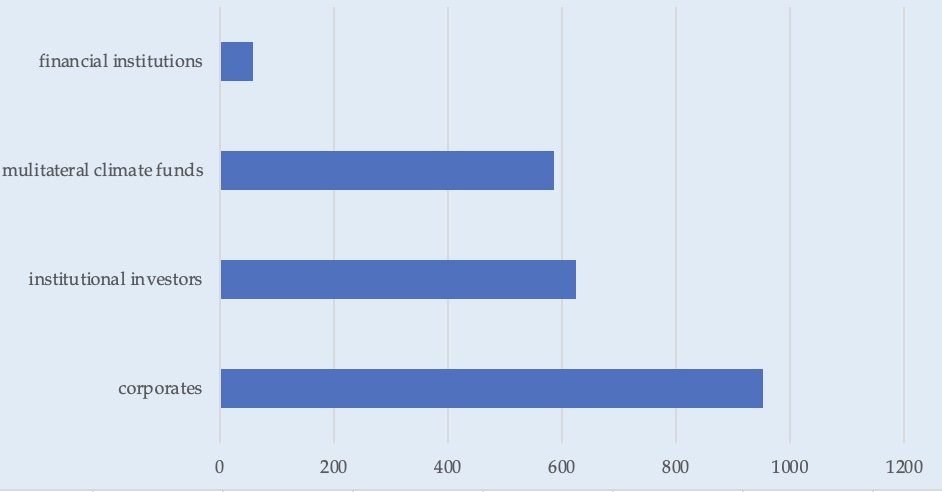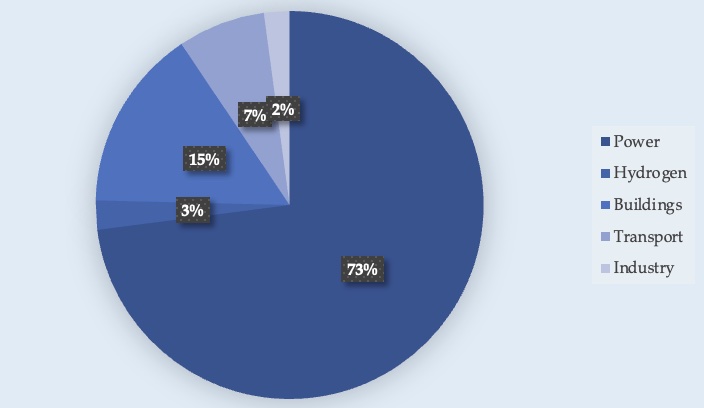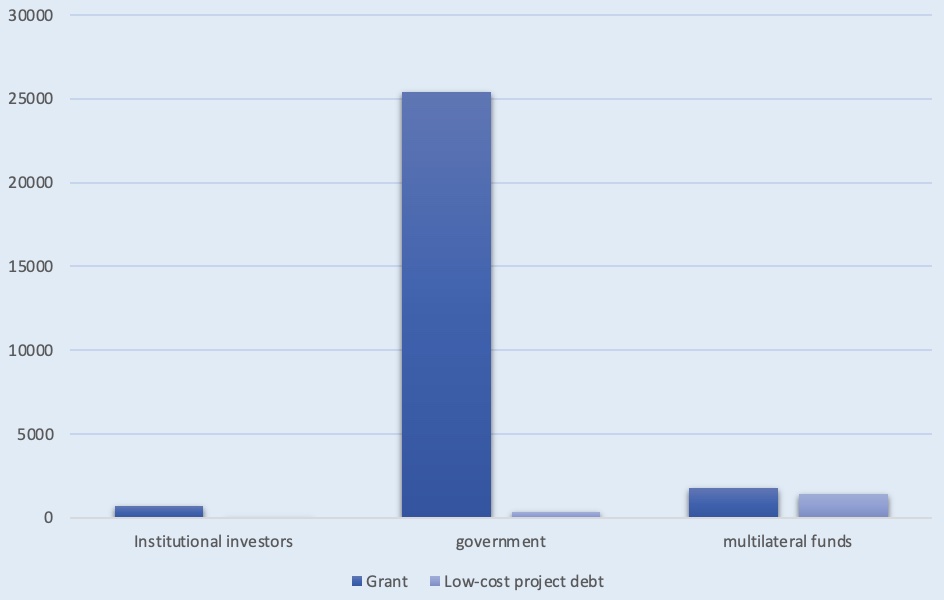
All hands on deck: Inside ETC’s bold plan to scale net zero finance
Achieving scale in climate financing as envisaged by the ETC hinges on targeted interventions and concessional lending
It is safe to say that the London-based think tank Energy Transitions Commission (ETC) is a rather hefty coalition.
Its commanding heights are manned by the top generals of the global energy empire. Its chair is Lord Adair Turner, a former UK Financial Services Authority chief and the first chair of Britain’s climate change committee back in 2008 while two energy sector chief economists, Spencer Dale (BP) and Mallika Ishwaran (Royal Dutch Shell) are among the group’s commissioners.
So too are leaders from Envision Group, Orsted, Tata Group, Korea Zinc, Petronas and Volvo, so it's fair to say, the ETC’s voice warrants an audience.
Therefore all the more reason to scrutinise the coalition’s latest research, which zooms in on a question that somewhat perplexed policymakers and experts alike: how do you scale net zero finance?
Trillions in investments
Without a doubt the pursuit of carbon neutrality is an expensive affair. The OECD, for example, has stated it needs about $6.9 trillion of infrastructure investment annually, while the United Nation’s climate experts said they need $125 trillion of investment by 2050, which implies a three-fold increase before 2025.
As the ETC notes in its report, studies that have tried to quantify the cost of the transition are not hard to come by. Their own estimates put the cost of the transition at $3.5 trillion of capital investment per year between now and 2050.
What unites these voices is a common concern: paying the massive transition bill means everyone would need to chip in, at scale. Asset managers, banks, insurers, corporates, pension funds, foundations, regulators and governments; everyone’s role has to grow.
With regards to those key players, the Climate Policy Initiative tracked climate commitments made by 1,200 private entities collectively, representing over $24tn in assets.
The CPI's conclusion was “while this many institutions taking some action on climate change is a positive sign, many institutions have made only a limited response. Achieving climate goals will require significant additional action across the board."
Take for example the case of adaptation financing, a domain of climate finance often overshadowed by the world of climate mitigation. The figure below shows data from the CPI’s Global Landscape of Climate Finance database.
Institutional investors and corporates lead the charge in funding adaptation but remain significantly below the required running rate. As do other actors such as multilateral funds and private commercial financiers.

ETC plan
So how can the multifaceted engine of net zero finance solve the scale problem? The ETC’s plan involves breaking down the problem into two categories: capital investment needs and concessional finance.
The report’s answer to the scale challenge begins by re-assessing the problem, then moving on to policy interventions and finally pulling into the spotlight, components of the financial system that have hitherto been active in the shadows.
The devil is in the details, however.
As a starting point, breaking down the financing gap into its more granular components helps. The extent of the scaling problem very much depends on which sector and increasingly, which countries the flows should target.

ETC’s argument is that the sector of concern is power. 70% of the required investment is in low-carbon power.
Low emission power generation itself would need around $1.3 trillion or 38% of the $3.5 trillion capital investments needed to achieve net zero. $900 billion needs to be deployed in networks and a further $200bn needs to find its way into storage solutions.
The law of spillovers justifies zeroing in on generating, transporting and storing low-carbon power. The power sector feeds change in industry, transport and the buildings sector. Scaling up climate finance means understanding and exploiting the interlinkages through which spill overs flow.
The other piece of the puzzle is geography.
The ETC’s analysis suggests that in addition to high-income countries, middle and low income countries tend to face the largest gaps. This is hardly debatable but is a point worth restating. Energy demand, population growth and emissions intensity of production are all challenges that are much more acute in the developing world. China for example, is a particular point of focus in the ETC report.
Concessional finance
The crux of the ETC’s proposition is its defence of concessional finance. Concessional finance, of which loans and grants are the most common forms, has historically been used to fund interventions in health, education and increasingly climate change in developing countries.
Put that way, focusing on concessional finance puts the spotlight back on solving the scaling problem in developing countries.
The ETC notes, “concessionary payments will be required to help cover the economic costs of early coal phase-out, to offset the incentives to deforest, and to fund carbon dioxide removals”. $300 billion of such concessional finance is needed by 2030, the group says.
Concessionary payments will be required to help cover the economic costs of early coal phase-out, to offset the incentives to deforest, and to fund carbon dioxide removals

As an example, the report cites the case of “Just Energy Transition Partnership” schemes, a coal-exit financing platform pioneered in South Africa and making their way into Indonesia and Vietnam. These platforms bring the worlds of public and private finance together to finance innovate instruments – a strategy that the ETC says could bear fruit.




